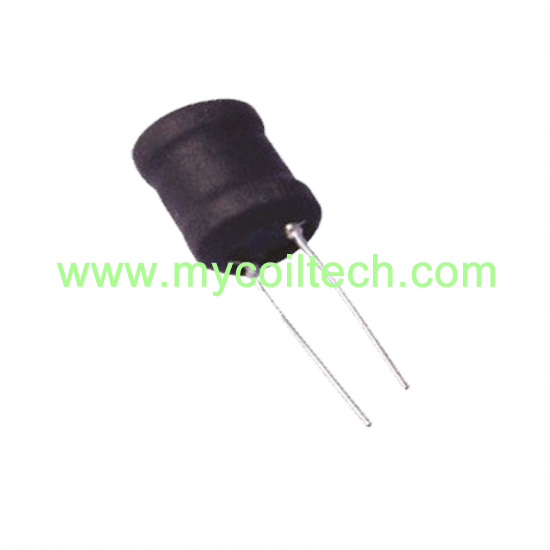


Along with capacitors and resistors, inductors are one of the three passive linear circuit elements that make up electronic circuits.

Many inductors have a magnetic core made of iron or ferrite inside the coil, which serves to increase the magnetic field and thus the inductance. Inductors have values that typically range from 1 µH (10 −6 H) to 20 H. In the measurement of magnetic circuits, it is equivalent to weber/ ampere. In the International System of Units (SI), the unit of inductance is the henry (H) named for 19th century American scientist Joseph Henry. As a result, inductors oppose any changes in current through them.Īn inductor is characterized by its inductance, which is the ratio of the voltage to the rate of change of current. According to Lenz's law, the induced voltage has a polarity (direction) which opposes the change in current that created it.

When the current flowing through the coil changes, the time-varying magnetic field induces an electromotive force ( e.m.f.) ( voltage) in the conductor, described by Faraday's law of induction. An inductor typically consists of an insulated wire wound into a coil. An inductor, also called a coil, choke, or reactor, is a passive two-terminal electrical component that stores energy in a magnetic field when electric current flows through it.


 0 kommentar(er)
0 kommentar(er)
